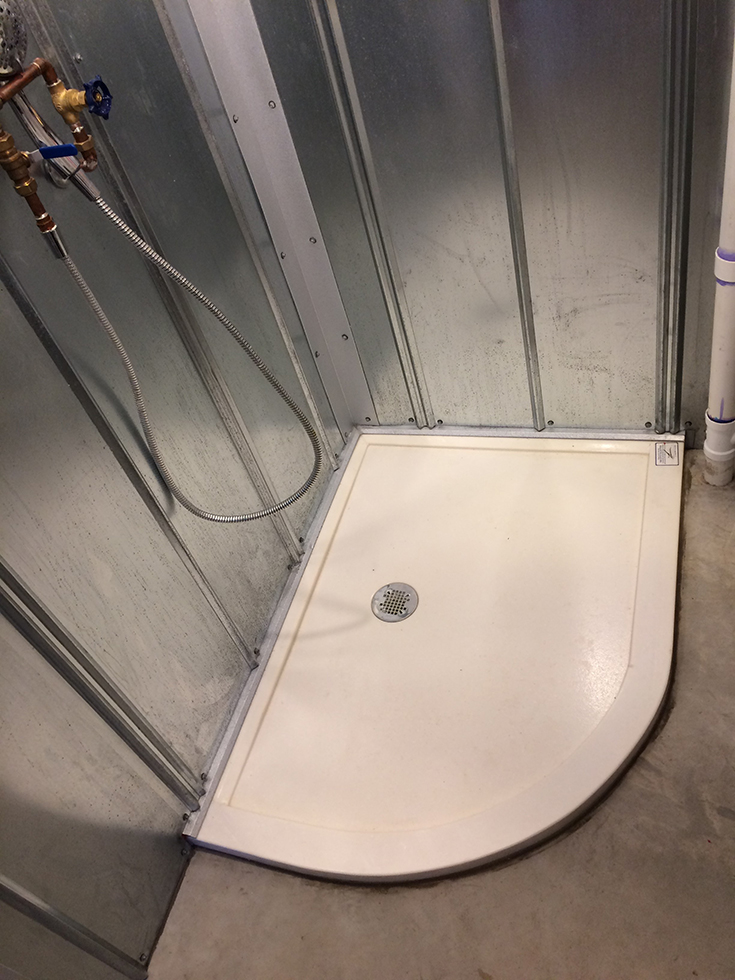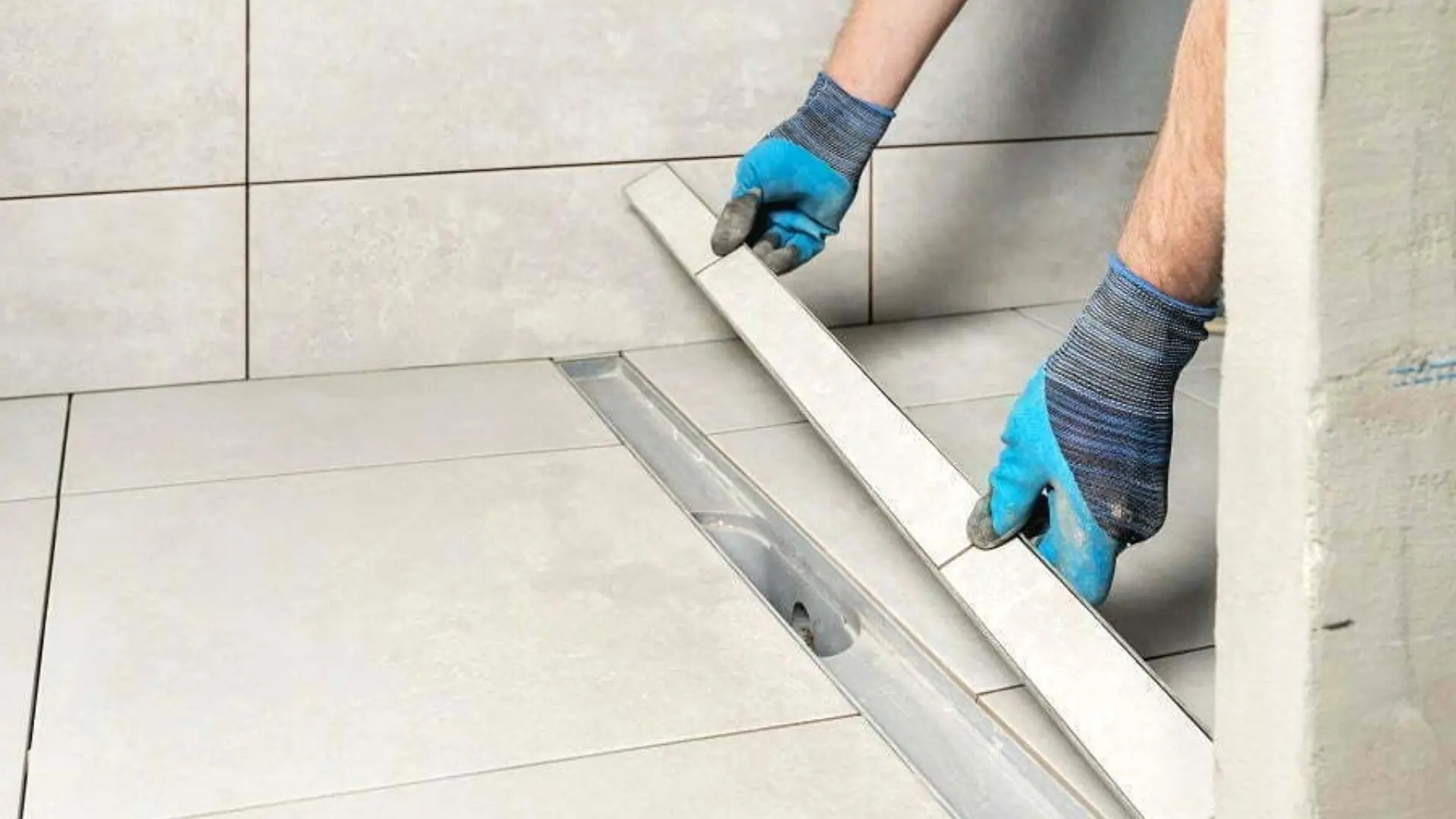Embarking On-Starting-Beginning Your DIY-Do-It-Yourself-Self-Installed Shower Drain-Bathroom Drain-Drainage System Installation-Setup-Project
Embarking On-Starting-Beginning Your DIY-Do-It-Yourself-Self-Installed Shower Drain-Bathroom Drain-Drainage System Installation-Setup-Project
Blog Article
Every person may have their own unique conception in relation to Simple Steps for Installing a Shower Base.

Upgrading a restroom is one of the more prominent house enhancement jobs. Managing the plumbing for draining your shower can be extremely basic unless you overdo it.
Managing Your Own Shower Drain Setup Project
You can physically build a collector for your brand-new shower, however you truly need to consider it. Do you really want to get involved in the difficulties of obtaining the sloping appropriate, in addition to making sure every aspect of it is water-proof? As well as I imply every aspect! It is a lot easier to just buy a pre-cast enthusiast online or at your neighborhood Lowes, House Depot or hardware shop. Structure one may sound like a wonderful suggestion, however you will probably really feel in a different way after a couple of hrs.
No matter exactly how you go about getting a frying pan, you ought to make every effort to make use of one that has the drain situated in the exact same spot as the initial pan. Relocating the drainpipe pipes can be a job, especially if the builder used an one-of-a-kind framework framework. If you are determined to relocate the drain, you are mosting likely to have to reduce the pipe or extend it, which may suggest ripping up huge pieces of the flooring. Put another way, you are going to be looking at a numerous weekend task.
Presuming we have our drain aligned, the actual link is relatively simple. The drain pipeline should be encountering upright as much as the collector. It will commonly resemble a "U", which suggests it serves as a cleanout to maintain nasty smells from returning up from the drain. To connect the drain, you are going to produce a water limited connection in between a drain cap on the top of the pan and also the drain pipe. Solutions vary, but you are usually going to do this by putting a combining item on the top of the water drainage pipeline. This is then covered with gaskets and literally screwed right into the drainpipe cap. The drain cap should serve as a locknut, to wit, it screws straight onto the coupling.
The tricky part of this procedure is getting your drain cap to match a leak-proof position in the pan. This is completed by backing off the drain cap as soon as you make certain every little thing meshes. Then, you put plumbings putty around the bottom of the cap and after that screw it back on. The putty should create a limited seal in between the cap and the shower pan, which keeps water from dripping under it as well as right into the mounting under the shower.
Certainly, washroom showers come in a variety of designs nowadays. If you purchase a collection agency, they generally come with plumbing instructions or the store can keep in mind anything unusual you should know. It seems intricate, but is usually rather easy. Enjoy!
Whether you are a tub or shower person, most people search for shower just alternatives when acquiring a house. This basic reality means greater than a couple of home owners invest a weekend break updating or setting up showers in their bathrooms. Fortunately for you, it is a rather simple procedure.
A collector or frying pan refers to the horizontal surface area situated at the end of the shower. The collector generally includes a non-slip surface somewhat banked towards the facility or anywhere the drain lies. Integrated with three to 4 inch walls around the side, the goal of your shower water drainage plumbing is to get the water to move to and down the tubes.
Tips for Installing a Shower Drain Assembly
Renovating a bathroom can be exciting as well as fulfilling if you’re tackling the job DIY-style. After you cross off the bigger decisions such as tile style, paint colors, and fixtures, you’ll need to finalize smaller details – such as the shower drain. In this article, we’re sharing some tips for selecting and installing the right drain assembly for your updated shower.
What is a shower drain assembly?
Shower bases or pans typically only come with a pre-drilled drain hole. Since the pan slopes toward the drain, you should consider the placement – left, center, or right – when designing your shower. You’ll need to purchase and install a shower drain assembly that connects the shower pan to the drain pipe underneath the shower. There are a few types of assemblies, which will be covered below.
Size of a shower drain
When it comes to installing drains, size matters. The recommended pipe size for a shower drain is 2 inches, whereas most tubs use 1.5-inch pipes. Why the difference?
Shower pans are shallower than tubs, so there’s a higher risk for overflow. So, the larger pipe allows for quicker draining. If you are replacing an old tub with a newer stand-up shower, you will need to make additional plumbing adjustments to accommodate the 2-inch pipe.
Types of shower drain assemblies
There are three common types of shower drain assemblies: compression shower drain, solvent-glue shower drain, and tile shower drain. The layout, design, and materials of your shower can determine which type of shower drain assembly will work best.
Compression shower drain
This type of assembly attaches to the drain pipe with compression washers and nuts. The drain fitting is typically installed into the base, and then the base is installed into the bathroom floor. This makes compression-style drains easier to install than other options, particularly if you don’t have easy access from the floor under the shower base. Drains are available in a wide range of materials such as PVC (polyvinyl chloride), ABS (Acrylonitrile Butadiene Styrene), and brass, and can be used for acrylic, fiberglass, and steel shower bases.
Solvent-glued shower drain
Made of either polyvinyl or ABS, this type of shower drain is sealed to the drain pipe with solvent glue and silicone. Since you’ll be working underneath the drain pan, we only recommend using this type of drain if you have access under the shower, such as from a basement or crawlspace. It’s also important that you match the type of plastic of the drain with the drainpipe. If you take these precautions, you can install a solvent-glued drain assembly with acrylic, fiberglass, and steel shower bases.
Tile shower drain –
Drain assemblies for custom tile showers feature a waterproof membrane liner placed between two flanges. The tile is installed on top of the liner, collecting any water that seeps through the porous grout. A metal strainer is installed in line with the tile over the drain.
https://www.epshawaii.com/blog/tips-for-installing-a-shower-drain-assembly/

As a fervent reader on Easy Shower Drain Installation Tips, I thought sharing that article was a good idea. Kindly take a moment to share this entry if you enjoyed reading it. Thank you for your time. Don't forget to check up our website back soon.
Report this page